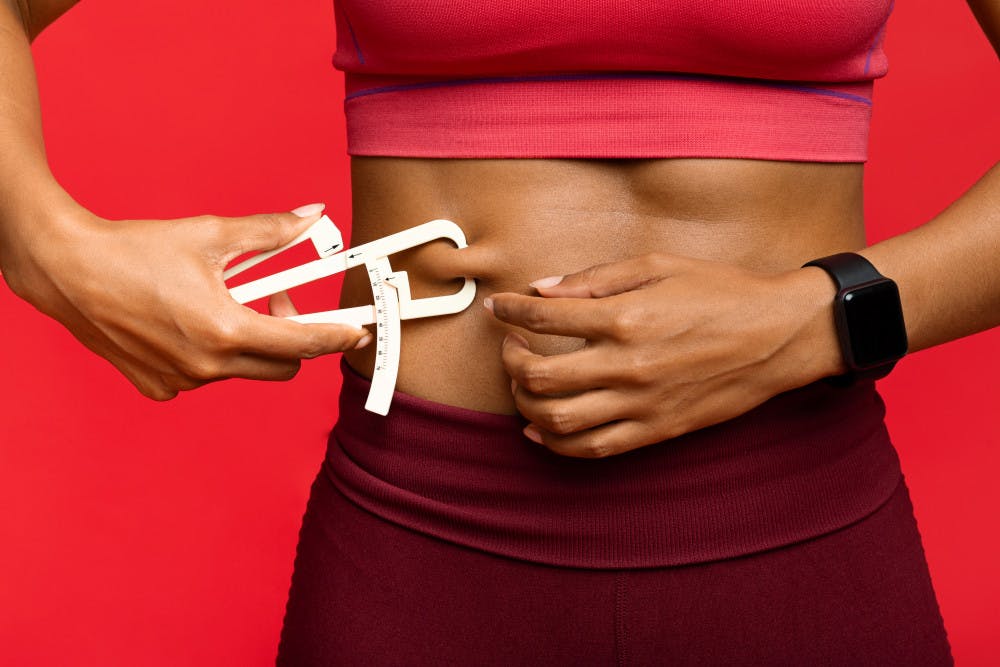By Kelly Corbett
Social Media Editor
Earlier this month, YouTube comedian Nicole Arbour posted a video titled “Dear Fat People,” where she discussed how fat-shaming does not exist. Now I’m not going to rant on how ridiculously insensitive this hate-filled clip was, and while I definitely believe fat-shaming exists unlike this Internet diva, I feel like body-shaming is the real issue.
“Fat people made that (fat-shaming) up. That’s a race card with no race,” Arbour said in her controversial six-minute clip that resulted in her channel being temporarily shut down. “Are you going to tell the doctor that they’re being ‘mean’ and ‘fat-shaming you’ when they say you have fucking heart disease?” she said.
It’s not just heavier individuals getting shamed for their weight anymore, it’s everyone. Thinner individuals are getting scorned for their lighter limbs. Boys are being brainwashed that the only way they’ll ever be a man is if they lift weights and fuel up on protein.
Fat-shaming, skinny-shaming and body-shaming all exist. It started just as fat-shaming. If someone wore a larger size or took an extra serving of food, they would often be judged, sometimes silently, other times out loud.
Now society has turned to not just targeting the heavier, but the lighter, as well. People tell the slender girl she has no curves or vex her with questions, such as, “Do you even eat?” They also heckle the thin boy with “do you even lift?.”
Elle magazine ran an article online this week introducing the newest trend in gunning down women’s self-esteem: “Thighbrows.” Elle defined this term as “a set of folds that frames the tops of thighs and separates leg from butt.” I guess the unrealistic thigh gap apparently won’t suffice anymore.
A woman needs to be sculpted in a way where she is not too thin, but not too heavy — following an hourglass figure and whatever new sensational trend that society deems as “in.”
While women are usually those quelled in body ridicule, that doesn’t mean men take a backseat in the shaming section. Some of the strongest men I know have never done a deadlift in their life, yet are being converted to lifters and muscle milk fiends.
Even here at the College’s Physical Enhancement Center, bodies of all shapes and sizes pace along on the treadmill, their dampened faces demonstrating their hard work.
In one corner, you’ll see girls squatting and lifting weights because, presumably, they want a fuller figure. You’ll see another girl hiking up a StairMaster machine to rid herself of her “jiggly” thighs. And at last, you’ll see almost every boy lifting his weight in dumbbells.
As children, girls paraded around with Barbie dolls and boys played with buff superheroes like The Incredible Hulk. Now we’re expected to resemble these unobtainable figures.
Larger and smaller individuals will get ridiculed, and certain body parts of ours will be criticized for not being toned or round enough. Honestly, no one is safe.
Society will seep through your clothing, measure your makeup, criticize your canvas, bash your body and steal your confidence — no matter what size or shape you are. Don’t be bullied into feeling down about yourself because society constantly declares a new “hot” body standard. Like, c’mon, “thighbrows?”







